Your Trusted Private Label Face Cleanser Manufacturer
Explore Ultimate Face Cleanser Collection!
About Aoxue
Venture into the world of Aoxue, we are a trusted and innovative face cleanser manufacturer that provides top-tier skincare solutions that meet industry standards.
With years of expertise in the skincare industry, we specialize in developing custom face cleansers tailored to the unique needs of skincare brands worldwide. Our commitment to quality, safety, and innovation sets us apart, as we use only the finest ingredients and cutting-edge manufacturing techniques.
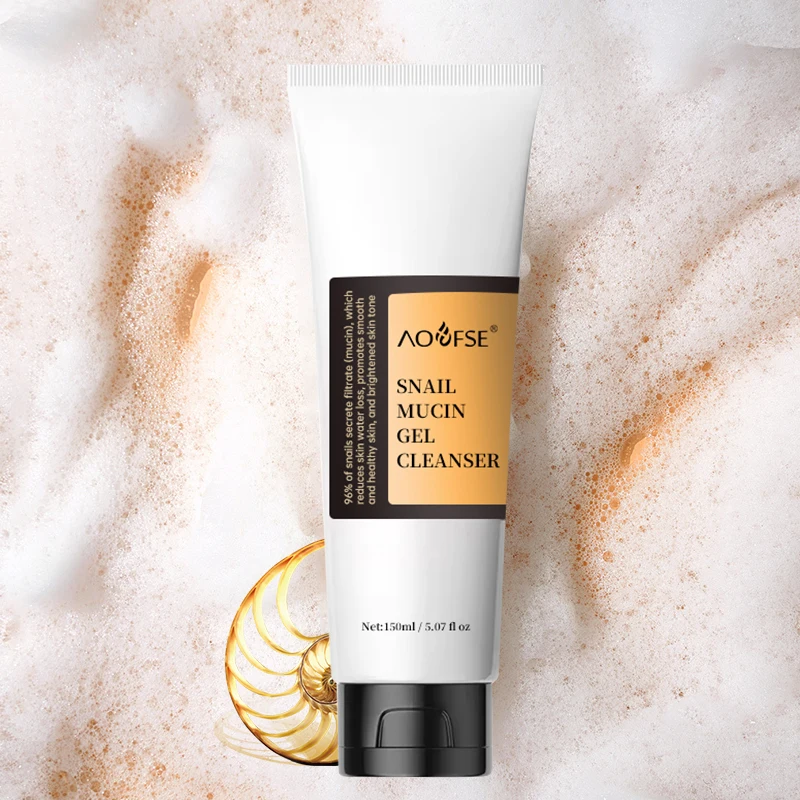
What is Face Cleanser
A face cleanser is a fundamental skincare product used to remove dirt, excess oil, makeup, and impurities from the skin. It helps unclog pores, maintain the skin’s natural pH balance, and preps the face for subsequent treatments like serums and moisturizers—promoting a clean, refreshed, and healthy-looking complexion.
Types of Face Cleansers: We Manufacture
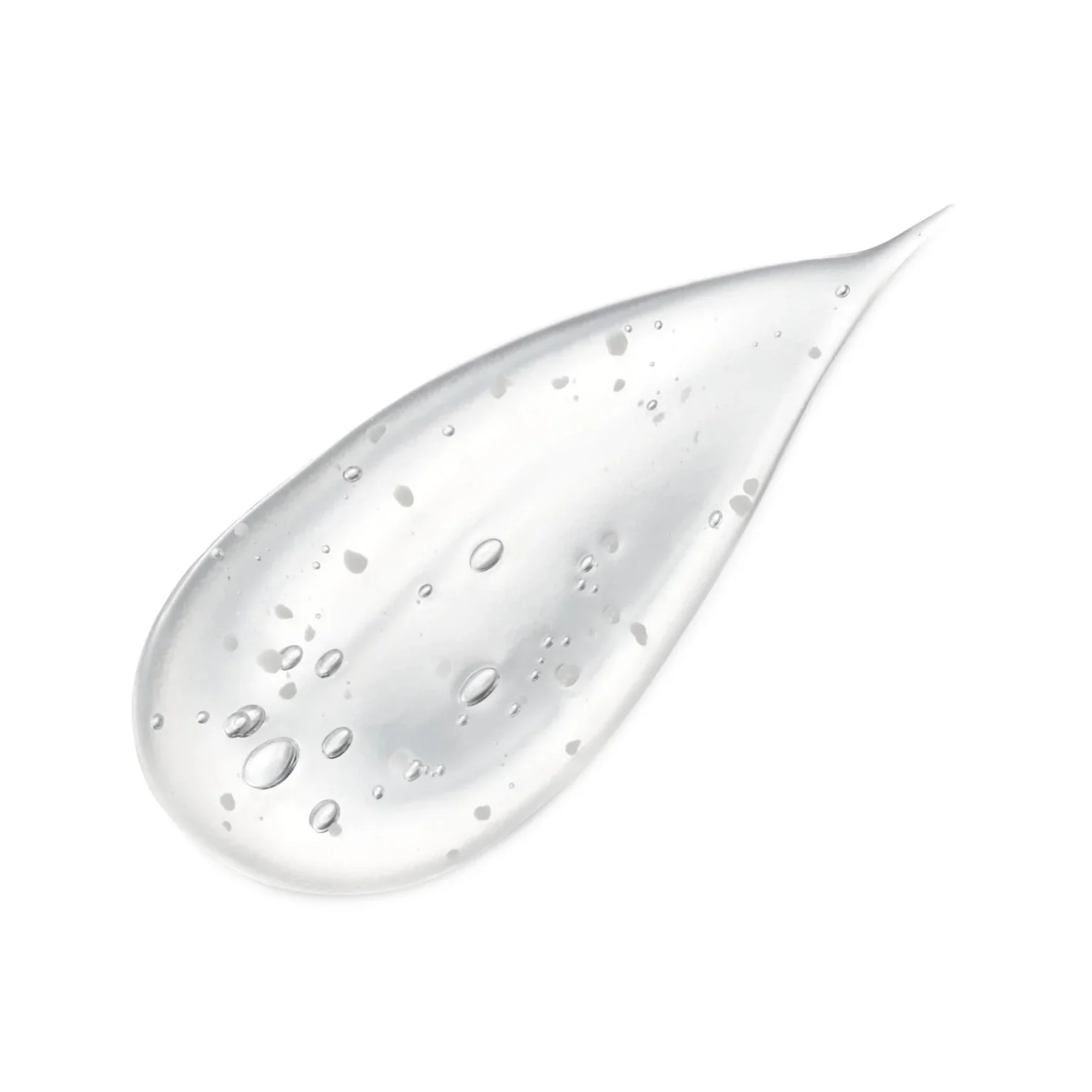
Gel Cleansers
Gel cleansers are lightweight and often formulated with ingredients that help control oil production. They provide a deep, thorough cleanse by removing excess sebum and impurities from the pores, making them an ideal choice for oily, combination, or acne-prone skin.
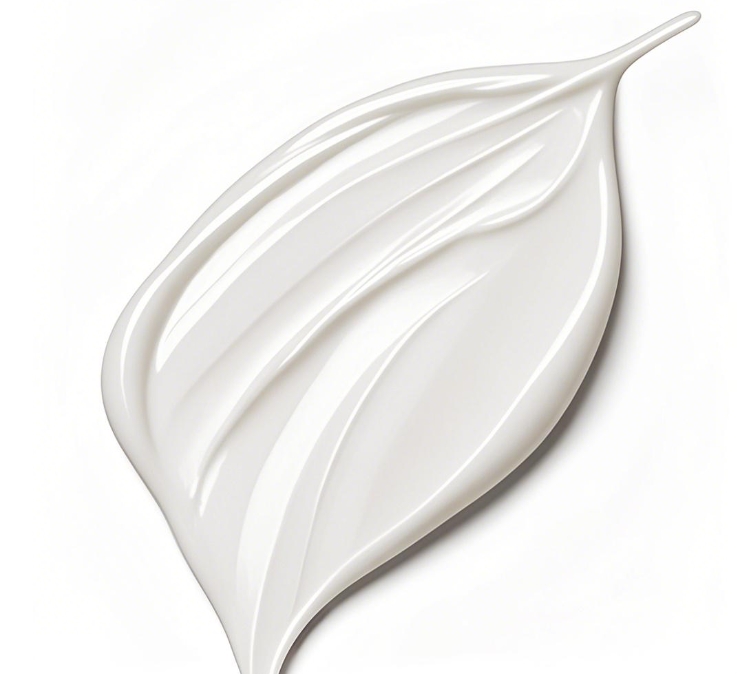
Cream Cleansers
Cream cleansers are rich, hydrating formulas that gently cleanse the skin while maintaining its natural moisture barrier. They are especially beneficial for dry, sensitive, or mature skin types, as they remove impurities without causing tightness or irritation.
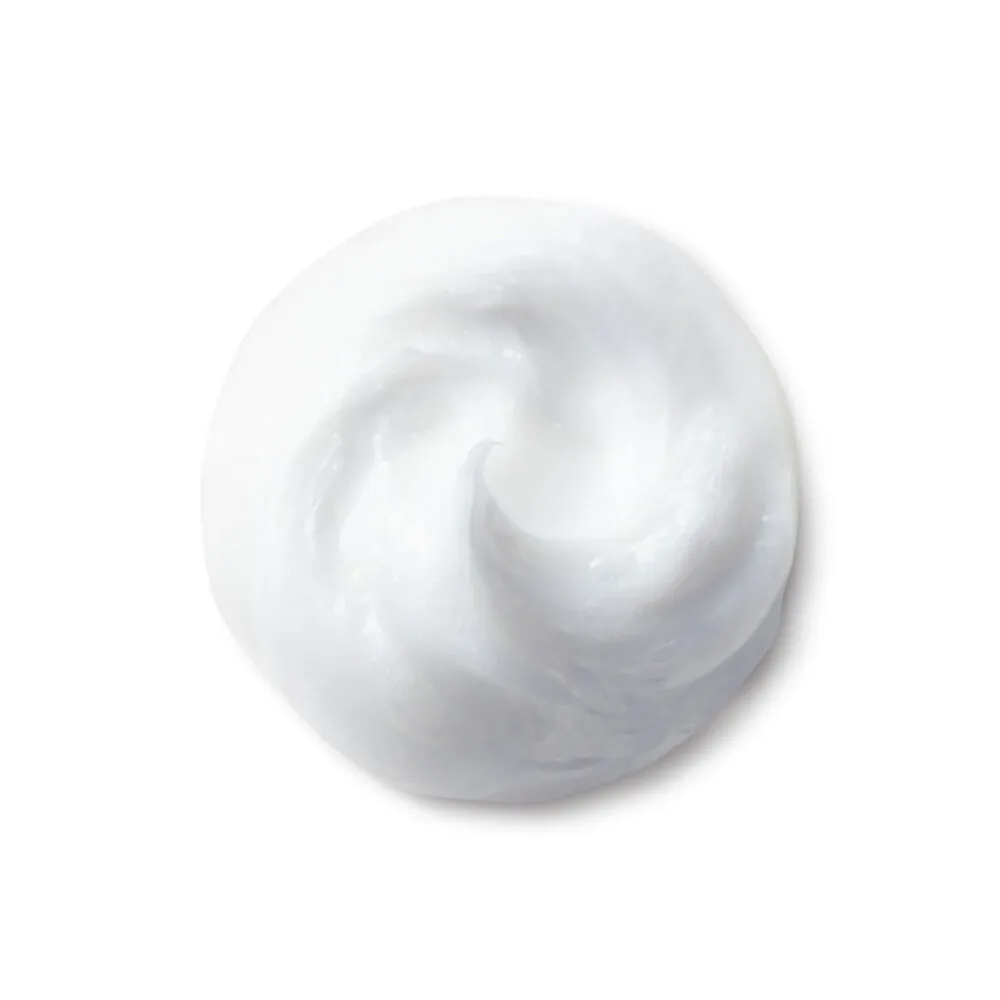
Foam Cleansers
Foam cleansers create a light, airy lather that penetrates pores to remove excess oil, dirt, and makeup. They’re especially effective for oily and combination skin types but may be too drying for very dry or sensitive skin due to their deep-cleansing nature.

Oil Cleansers
Oil cleansers use nourishing oils to break down and dissolve makeup, sunscreen, excess sebum, and other oil-based impurities. They're gentle on the skin and essential for the first step in a double-cleansing routine, especially effective for all skin types—even oily skin—when formulated correctly.
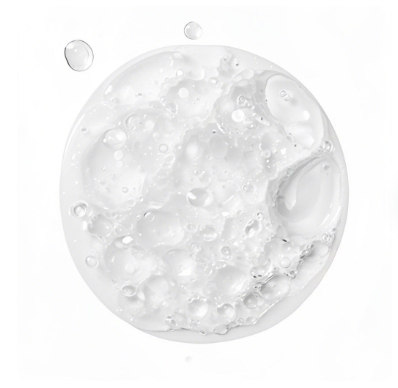
Bar Cleansers
Bar cleansers are solid cleansing products that offer an eco-friendly alternative to bottled cleansers. Today’s modern versions are formulated with skin-loving ingredients that avoid harsh detergents, making them suitable even for sensitive skin.
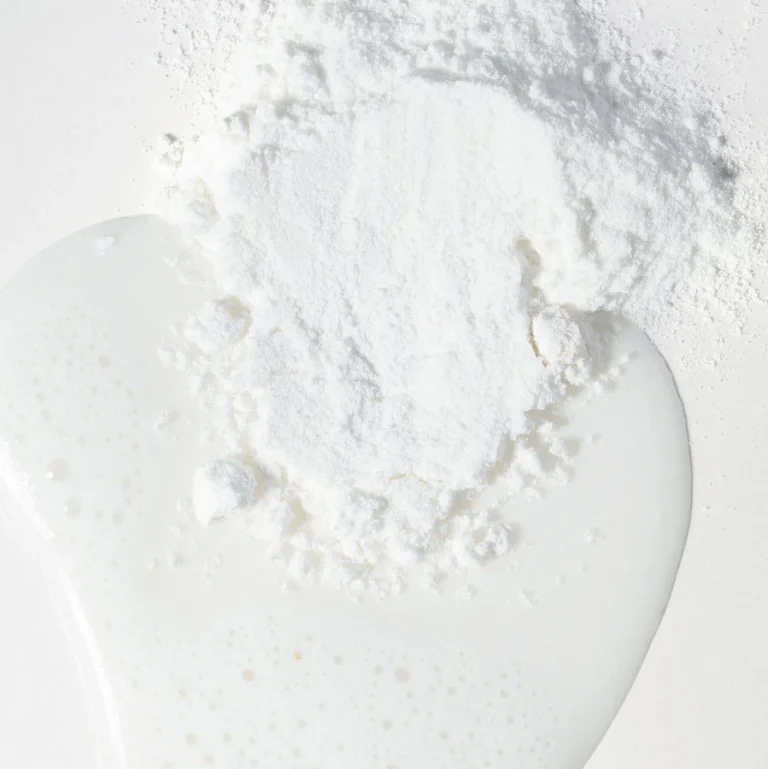
Powder Cleansers
Powder cleansers are dry, finely milled formulas that activate with water to create a gentle lather or paste. They often include natural exfoliants like rice starch or enzymes, making them ideal for mild exfoliation and daily cleansing.
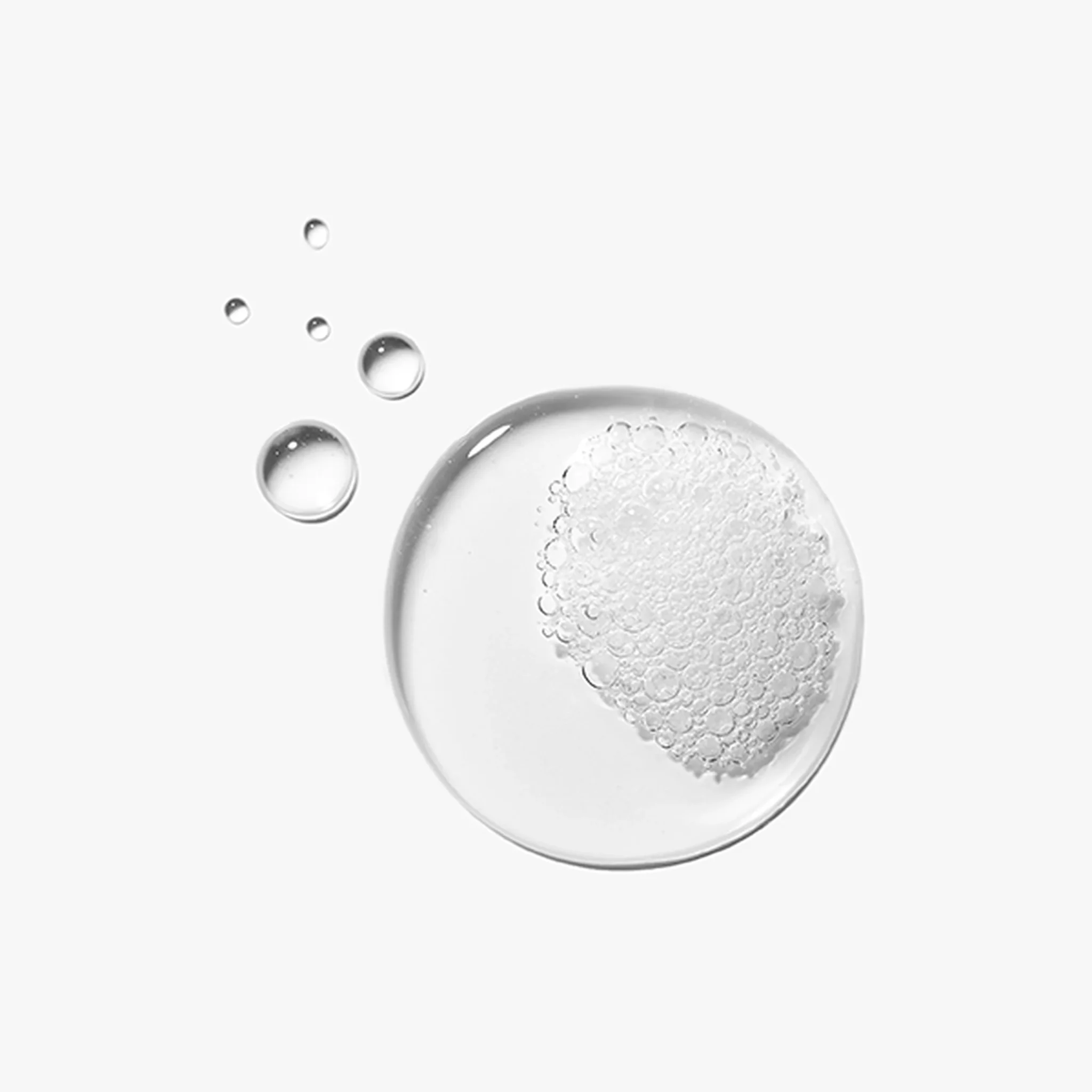
Micellar Water
Micellar water is a gentle, no-rinse cleanser made of micelles—tiny oil molecules suspended in soft water—that attract and lift away dirt, oil, and makeup without stripping the skin.
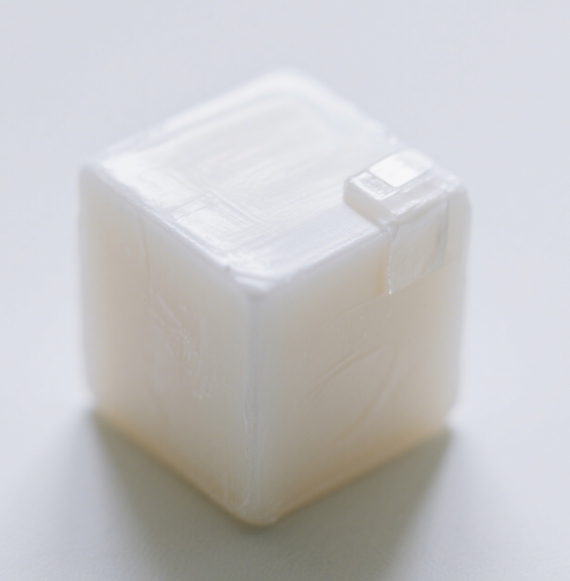
Soap Cleansers
Soap cleansers are traditional yet effective skincare products used to remove dirt, oil, and impurities from the skin.
Zicail's Face Cleanser Formulas
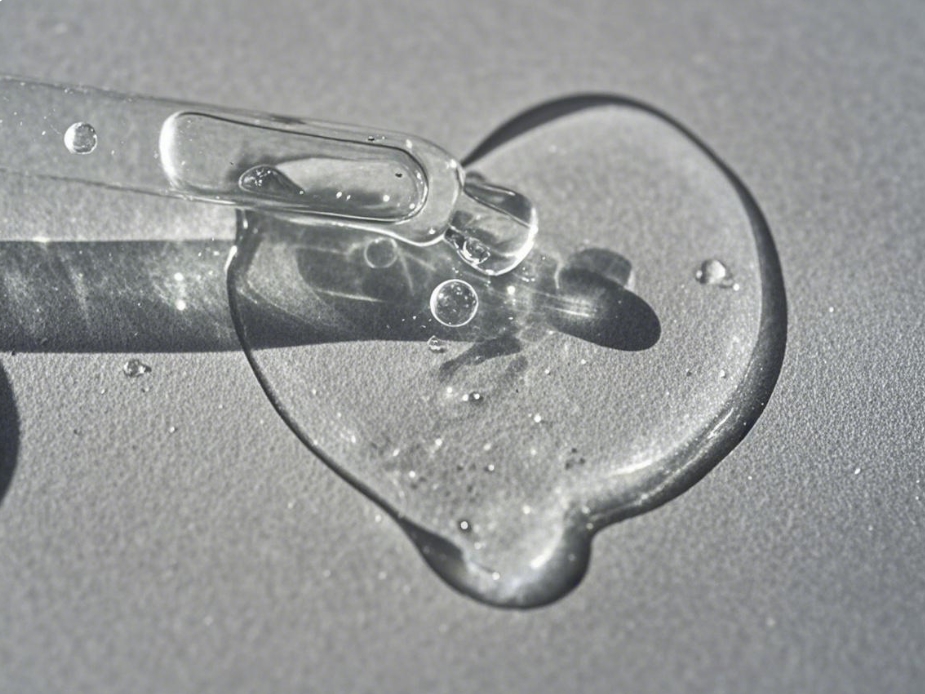
Salicylic
Deeply cleanses and unclogs pores, ideal for acne-prone and oily skin. Gently exfoliates to reduce blackheads and breakouts while preventing future flare-ups for a clearer, smoother complexion.
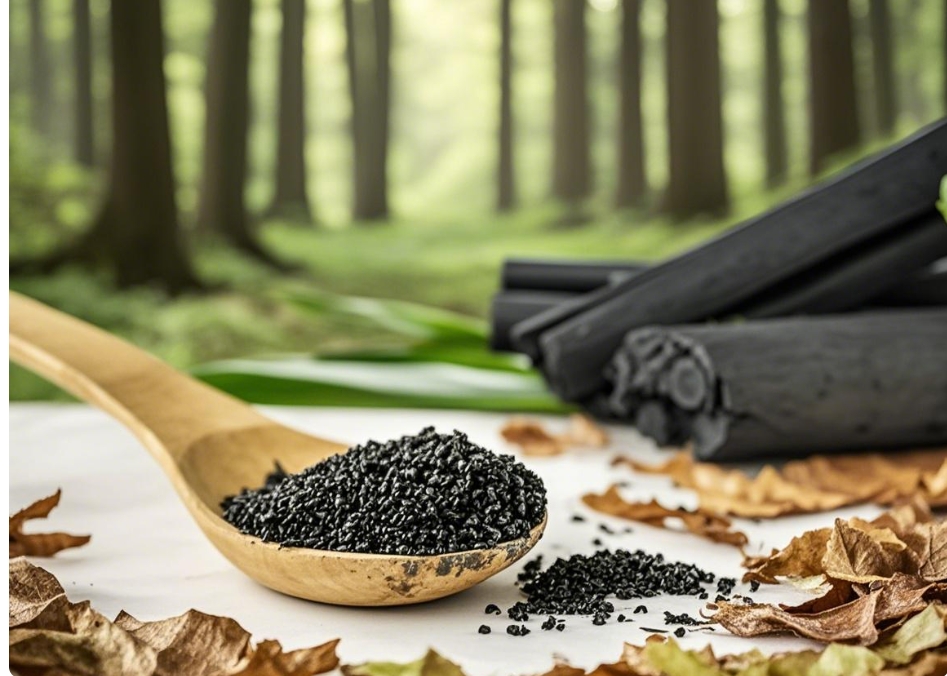
Charcoal Foam
Detoxifies oily and congested skin using activated charcoal to draw out impurities and excess oil. Ideal for acne-prone skin and pollution exposure, it clears pores and leaves skin refreshed and balanced.
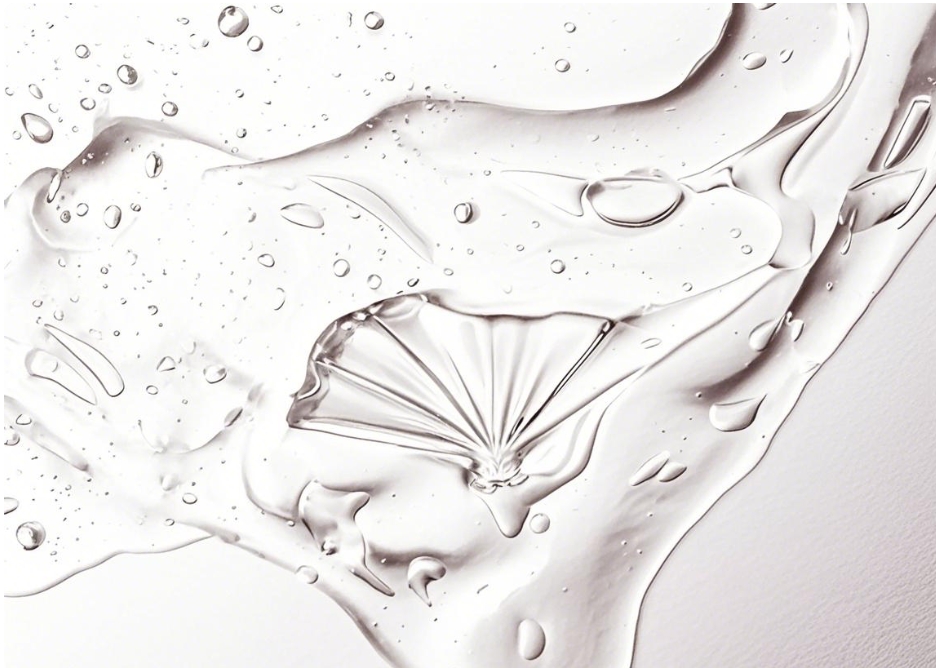
Lactic Acid
Gently exfoliates and hydrates sensitive or dry skin using mild AHA lactic acid. Removes dead skin cells, smooths texture, and reduces fine lines, leaving skin soft and refreshed without irritation.
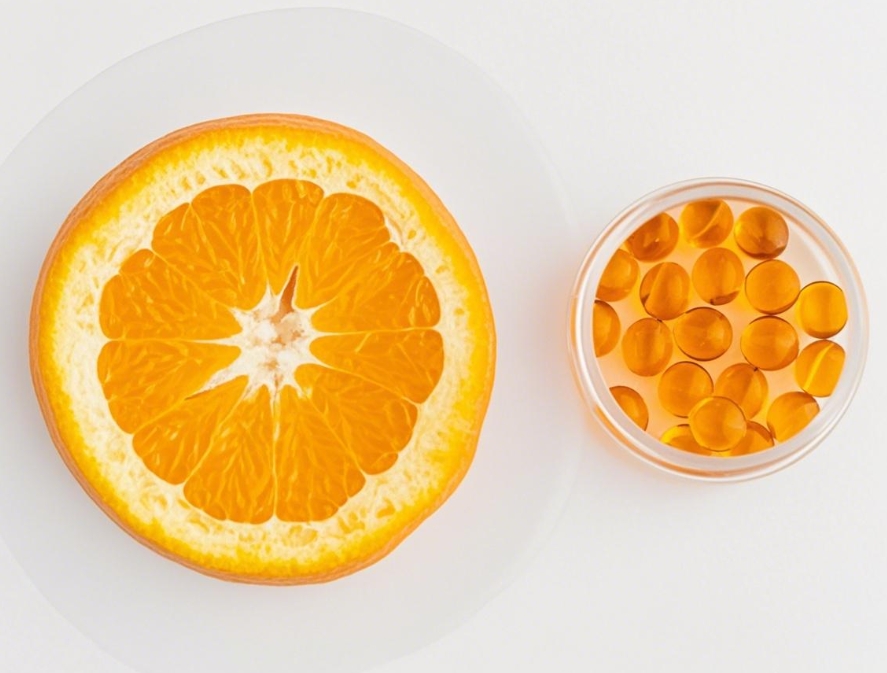
Vitamin
Brightens and protects skin with antioxidants. Reduces dark spots, boosts collagen, and promotes a radiant, even-toned complexion while neutralizing free radicals.
Benefits of using Face Cleanser
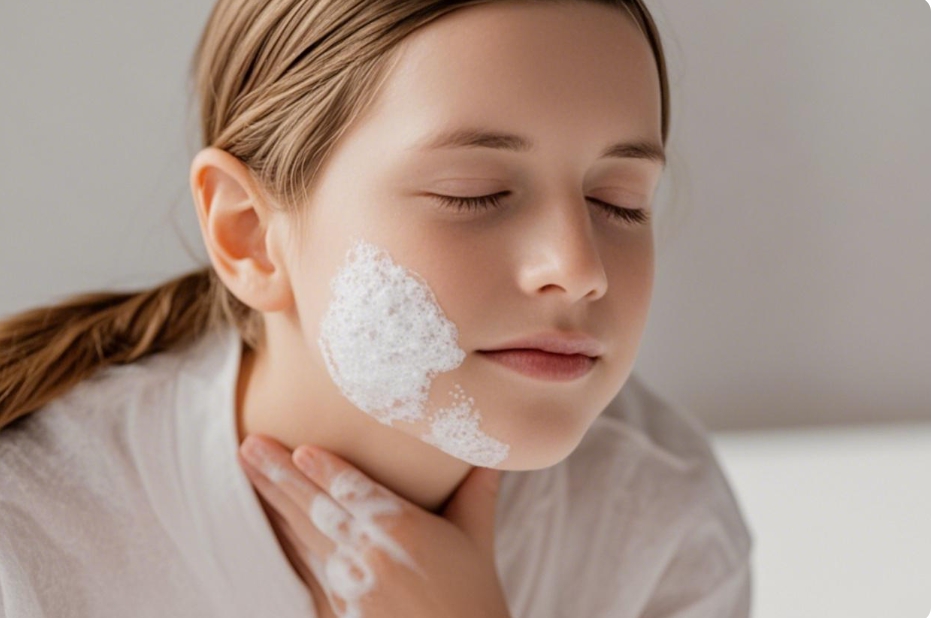
Removes Dirt, Oil, and Impurities
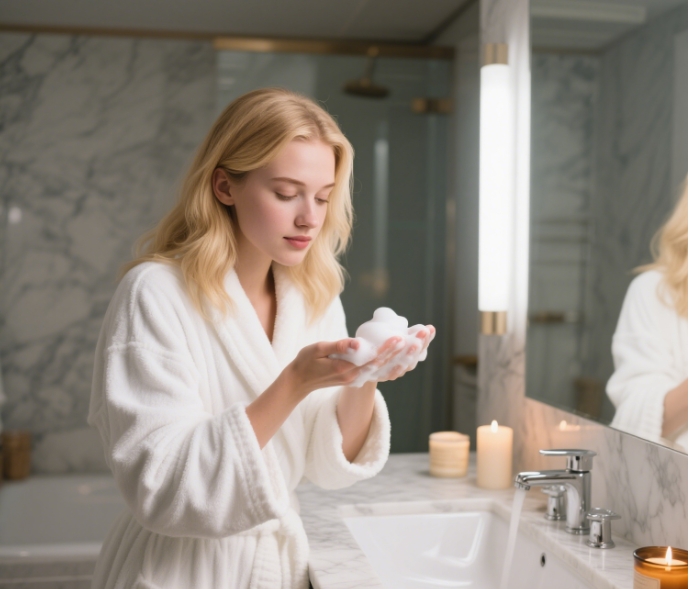
Prevents Breakouts and Acne
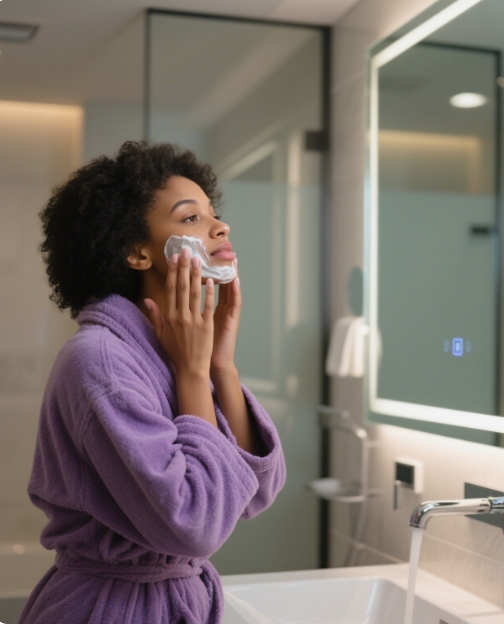
Maintains Skin Hydration

Promotes a Clearer Complexion
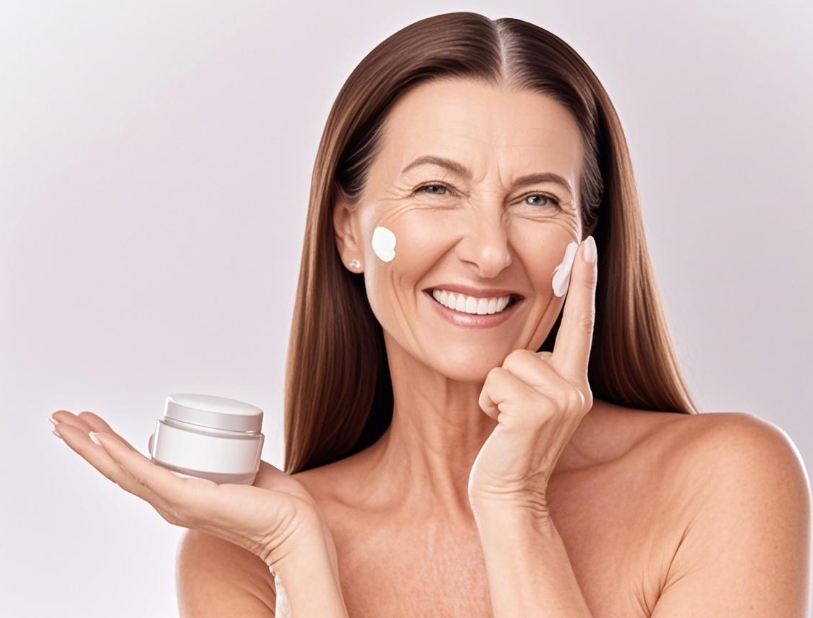
Enhances Skin Texture

Fights Skin Aging
Choosing the Right Cleanser for Your Skin Type

Oily or Acne-Prone Skin
Use cleansers with salicylic acid, charcoal, or tea tree oil to deeply cleanse pores, control oil, and help prevent breakouts—without over-drying the skin.
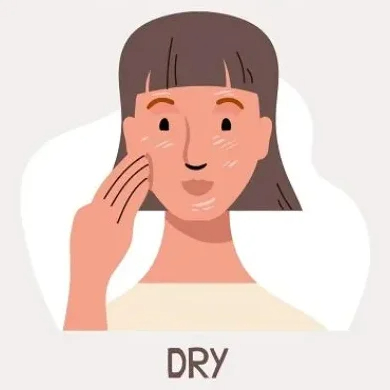
Dry or Sensitive Skin
Choose gentle, hydrating cleansers with ingredients like lactic acid, hyaluronic acid, or aloe vera. These soothe and moisturize while lightly exfoliating and protecting the skin barrier.

Combination Skin
Go for balanced cleansers with lightweight hydration—like glycerin-based formulas—that cleanse oily zones while moisturizing drier areas, maintaining harmony across your skin.

Normal Skin
A gentle, pH-balanced cleanser works best to maintain natural skin health and cleanliness while preventing irritation.
How to Use a Face Cleanser Effectively
- Clean Your Hands First: Begin by washing your hands to prevent spreading germs and grime to your skin.
- Dampen Your Face: Splash your face with lukewarm water to help open pores and prepare for cleansing. Steer clear of hot water to avoid drying your skin.
- Distribute the Cleanser: Squeeze a small amount into your hands and gently work it into your face using circular motions, especially on areas like the forehead, nose, and chin.
- Cleanse Thoroughly: Take 30 to 60 seconds to massage the cleanser in, allowing it to break down oil, dirt, and impurities.
- Rinse Well: Rinse off all traces of cleanser using lukewarm water to leave your skin clean without any leftover product.
- Dry Gently: Use a soft towel to lightly blot your face dry. Avoid harsh rubbing to prevent irritation.
- Finish Your Routine: Apply toner, serum, or moisturizer right after to lock in moisture and enhance the results of your skincare regimen.
Skincare Routine
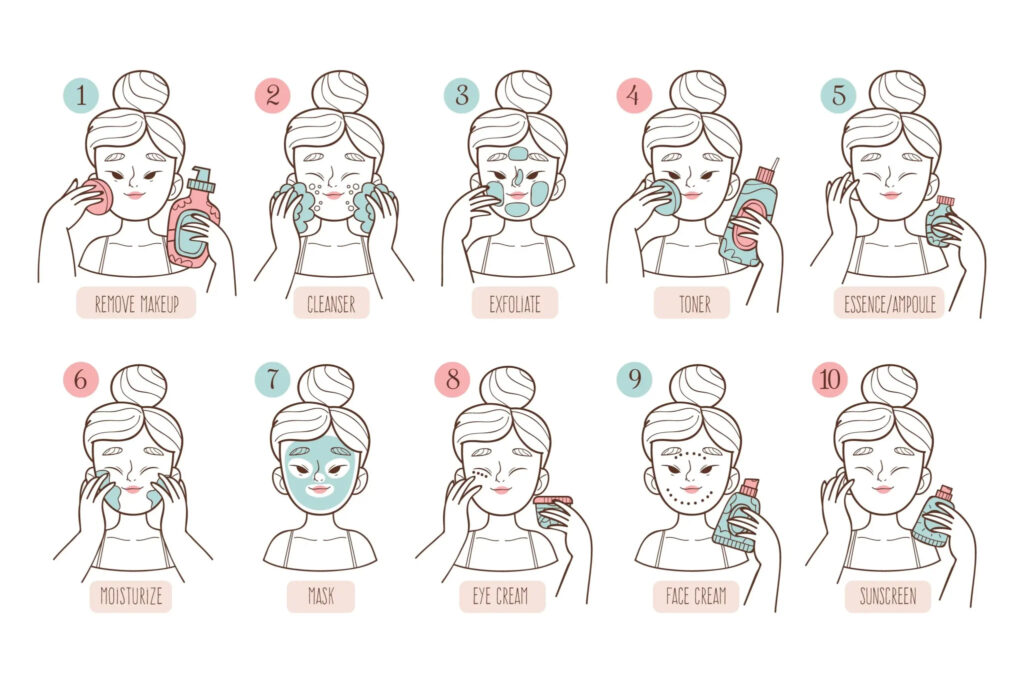
FAQs About Face Cleanser
How long does it take to develop a custom face cleanser?
The timeline for developing a custom face cleanser typically ranges from 8 to 12 weeks, depending on the complexity of the formulation and specific requirements. This includes initial consultations, formula development, testing, and approval stages. We work closely with you throughout the process to ensure that the final product meets your brand’s expectations and quality standards.
Do you offer eco-friendly and cruelty-free options?
Yes, we offer a wide range of eco-friendly and cruelty-free options for private-label face cleansers. Our formulations can include sustainable, organic, and natural ingredients, and we strictly adhere to cruelty-free manufacturing practices, ensuring no animal testing is involved. We also provide packaging solutions that align with eco-conscious values, such as recyclable and biodegradable materials.
Can I customize the packaging for my product?
Absolutely! We offer complete custom packaging services to ensure your face cleanser stands out on the shelf and aligns with your brand identity. You can choose from various packaging styles, materials, and designs, including eco-friendly options. Whether you prefer sleek bottles, airless pumps, or tubes, our team helps you create functional, visually appealing packaging that reflects your brand’s aesthetics.
What are the minimum order quantities (MOQs) for production?
Our minimum order quantities (MOQs) for private-label face cleansers depend on the type of formulation and packaging you choose, but they typically range between 1,000 and 5,000 units per order. We offer small—and large-scale production flexibility, allowing you to scale your orders based on your business size and market demands.
Latest Insights From Our Experts
Massage Oil vs. Body Oil: What’s Best for Your Skin?
Toner vs Serum: Understanding Key Skincare Differences In the ever-evolving world of skincare, understanding the roles of various products can often feel overwhelming. Among the myriad of options, toners and serums stand out as essential components of a comprehensive skincare routine. But what sets them apart? This article delves into the key differences between toners and serums, helping you make informed decisions for your skincare regimen. What is a Toner? Toners are water-based skincare products designed primarily to: Typically used after cleansing and before moisturizing, toners ensure that your skin is clean and ready for additional treatments. Common Ingredients in Toners Ingredient Benefits Witch Hazel Anti-inflammatory properties Rose Water Gentle hydration, soothes skin Aloe Vera Calming effects, adds moisture Hyaluronic Acid Attracts and retains moisture AHAs/BHAs Exfoliates, unclogs pores Benefits of Toners What is a Serum? Serums are highly concentrated skincare products formulated to address specific concerns like: Unlike toners, serums penetrate deeper into the skin to deliver powerful active ingredients. Common Serum Ingredients Ingredient Primary Benefit Vitamin C Brightening, antioxidant protection Retinol Reduces fine lines and wrinkles Peptides Improves firmness and elasticity Niacinamide Reduces inflammation, improves texture Hyaluronic Acid Provides deep hydration Serum Benefits Key Differences: Toner vs Serum Aspect Toner Serum Texture Watery, lightweight Thicker (oil/gel-based) Primary Purpose Prepares and balances skin Treats specific concerns Application Cotton pad

Toner vs Serum: Understanding Key Skincare Differences
In the ever-evolving world of skincare, understanding the roles of various products can often feel overwhelming. Among the myriad of options, toners and serums stand out as essential components of a comprehensive skincare routine. But what sets them apart? This article delves into the key differences between toners and serums, helping you make informed decisions for your skincare regimen. What is a Toner? Toners are water-based skincare products designed primarily to balance the skin’s pH, cleanse pores, and prepare the skin for better absorption of subsequent products. Typically used after cleansing and before moisturizing, toners ensure that your skin is clean and ready for additional treatments. Common Ingredients in Toners: Benefits of Toners: What is a Serum? Serums are highly concentrated skincare products formulated to address specific skin concerns such as dark spots, fine lines, wrinkles, and hyperpigmentation. Unlike toners, serums are designed to penetrate deeper into the skin, delivering powerful active ingredients directly to the areas that need them most. Common Ingredients in Serums: Benefits of Serums: Key Differences Between Toner and Serum Aspect Toner Serum Texture Watery and lightweight Thicker, often oil- or gel-based Purpose Prepares, balances skin, and cleanses Treats specific concerns (e.g., aging, dark spots) Application Applied with a cotton pad or spray Applied with fingers and massaged into the skin Depth of Action Works on

Gel vs Cream Moisturizer: Which is Right for Your Skin?
In the vast world of skincare, choosing the right moisturizer can be daunting. With the myriad of options available, one of the most common dilemmas is deciding between a gel and a cream moisturizer. Each type has its unique properties, benefits, and suitable skin types. So, how do you determine which is right for you? Let’s delve into the differences between gel and cream moisturizers and help you make an informed decision. Understanding Gel and Cream Moisturizers Gel Moisturizers: Cream Moisturizers: Gel vs Cream: Key Differences Base Ingredients: How to Choose the Right Moisturizer When deciding between a gel and cream moisturizer, consider the following: Can You Use Both? Yes, you can use both gel and cream moisturizers in your skincare routine. For instance, apply a gel moisturizer in the morning for a lightweight feel and switch to a cream moisturizer at night for intense hydration. This approach ensures your skin gets the necessary hydration throughout the day. Conclusion Choosing between a gel and cream moisturizer ultimately depends on your skin type, concerns, and personal preference. Both types have their unique benefits, and understanding these can help you make an informed choice. Remember, the right moisturizer can make a significant difference in your skincare routine, promoting healthy, radiant skin.

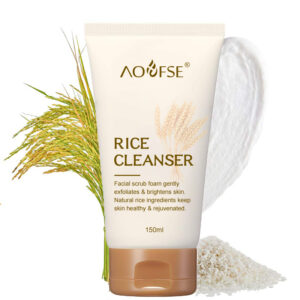

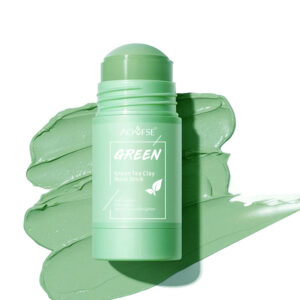
 English
English Arabic
Arabic Armenian
Armenian Chinese (Simplified)
Chinese (Simplified) Danish
Danish Dutch
Dutch Esperanto
Esperanto Estonian
Estonian French
French Hindi
Hindi Italian
Italian Japanese
Japanese Korean
Korean Portuguese
Portuguese Russian
Russian Thai
Thai Turkish
Turkish Ukrainian
Ukrainian Vietnamese
Vietnamese